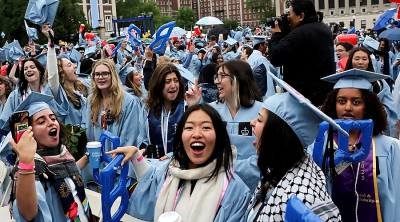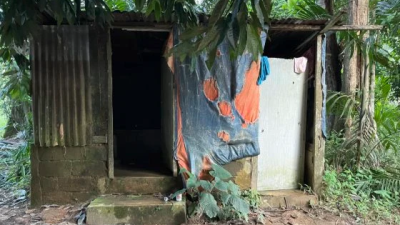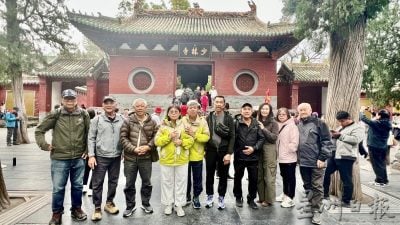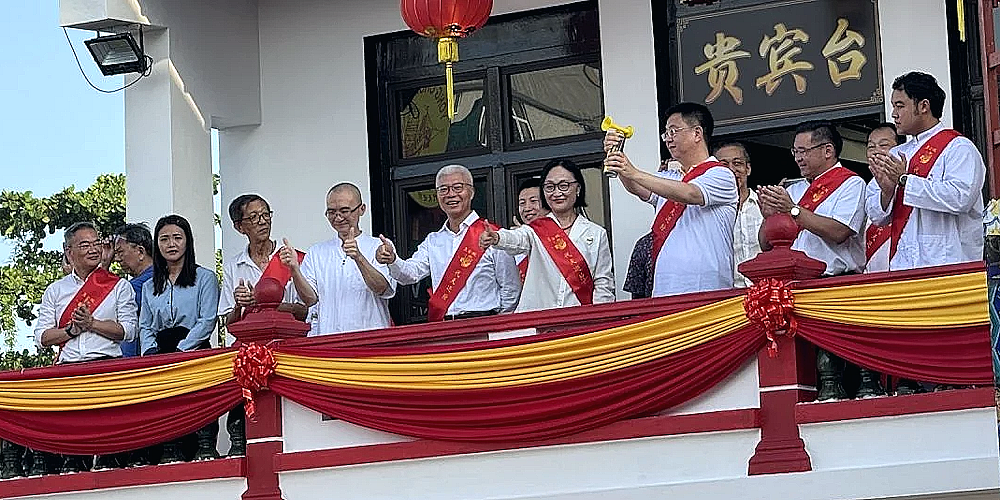
MELAKA: More than 40 teams of people from local Chinese organisations and temples joined the “royal vessel” parade known as Wang Kang, a procession held to collect and banish evil spirits, on Thursday.
The Wang Kang parade passed by several mosques as well as Chinese and Hindu temples in the heart of Melaka, a reflection of the city’s cultural diversity and religious harmony.
The giant replica of a royal barge on a wheeled platform started the parade Yong Chuan Tian Temple in Bandar Hilir at 8.30 a.m., travelling along several major streets and a bridge in 22 stops for a 9 km journey in five hours.
The colorful parade attracted people to stop by the roadside, pray or take photographs while priests performed cleansing rituals to command the evil spirits to board the vessel.
Besides priests, the parade, believed to protect people from disasters, was followed by floats and performers.
According to procession director Datuk Ronald Gan, the evil spirits and negative elements collected in the majestic barge would then be sent to another dimension.

A shorter parade was held at night as a send-off ceremony where the barge would be set aflame so that the collected spirits could symbolically sail into another dimension.
Gan said the procession was held with the hope of bringing health, peace, prosperity and happiness to the state and the world.
The National People’s Congress of China Standing Committee Member Qubumo Bamo, a Chinese representative in the Malaysia-China UNESCO World Heritage joint application for Wang Kang, was present to witness the parade.
Other guests-of-honor included Zhang Zhen, the cultural counselor from the Embassy of China in Malaysia, and representatives from Xiamen Min Nan Research Society.
The parade reflects that preserving living heritage is crucial in promoting cultural diversity in the world, while the collaboration between China and Malaysia is a model for international cooperation in intangible cultural heritage preservation, Qubumo said.
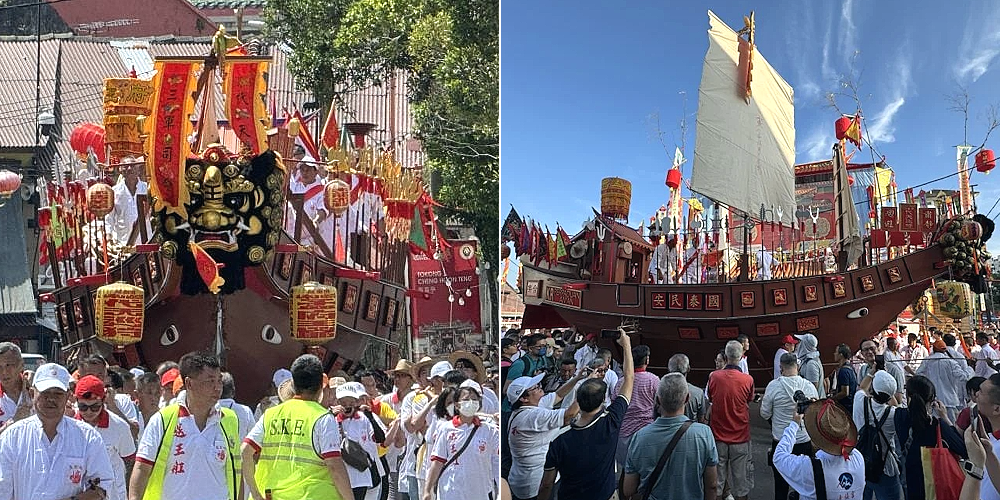
Malaysia and China jointly gained UNESCO recognition of the Wang Kang festival as an intangible cultural heritage in 2020.
The procession itself was brought in by Hokkien traders from China during the Qing Dynasty (1644 to 1911) and held for the first time in Melaka in 1845.
Hokkien traders who settled down in Melaka were later known as Baba and Nyonya.
The purpose of the procession is to summon evil spirits to serve the deity Ong Yah so that they can redeem themselves and be reborn, and the community in Melaka can live a prosperous and harmonious life.
“Unlike certain festivals, this procession is not held annually, with the next procession expected in 2031,” said Gan.
The last procession was held in low key in 2020 due to the Movement Control Order imposed to curb the Covid-19 pandemic.
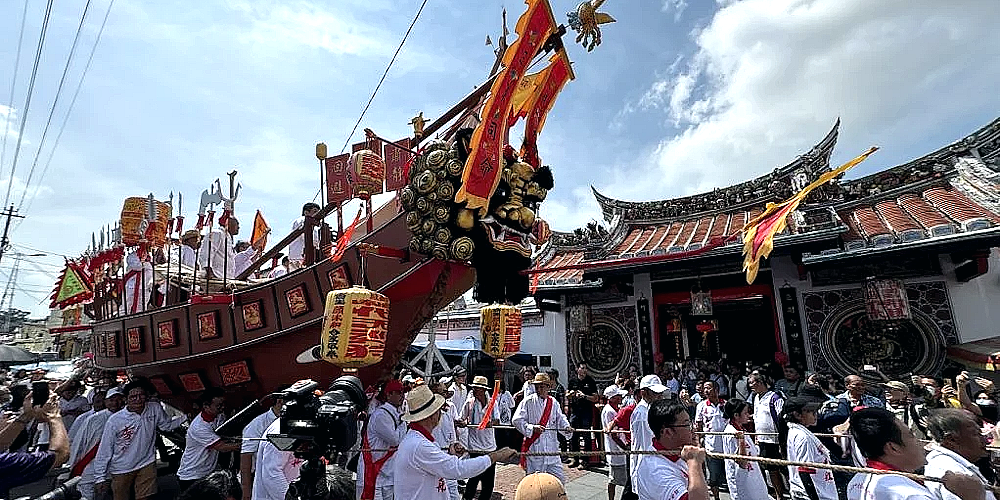
ADVERTISEMENT
ADVERTISEMENT











